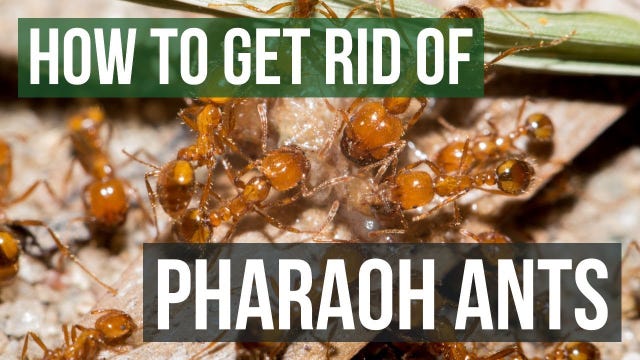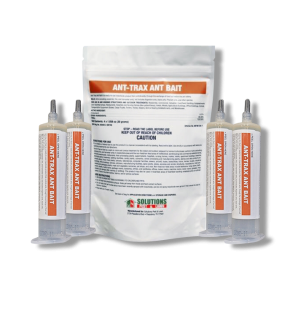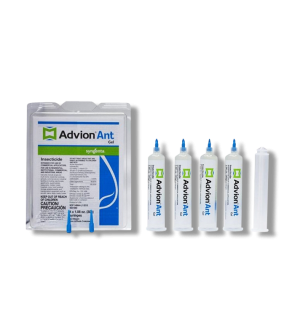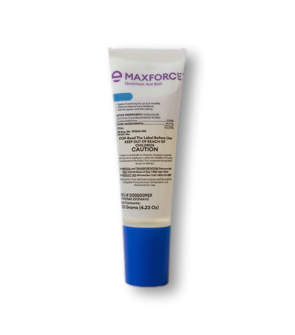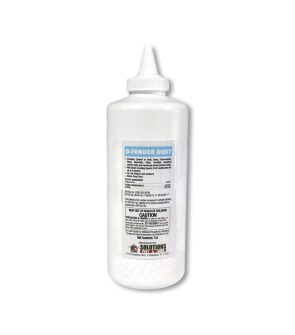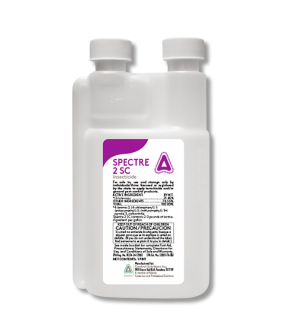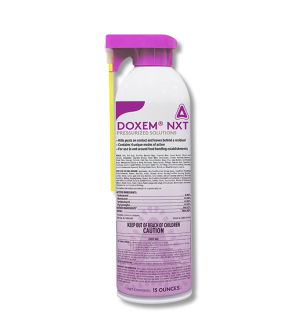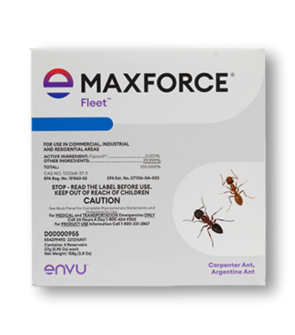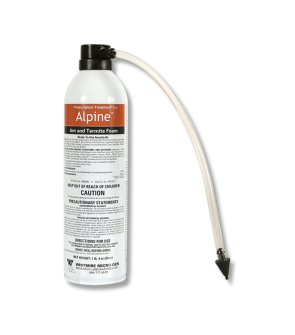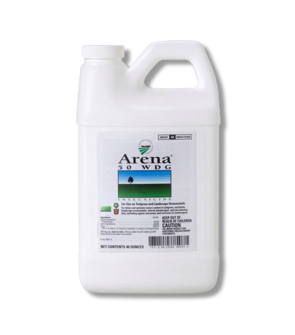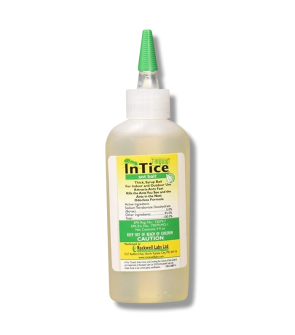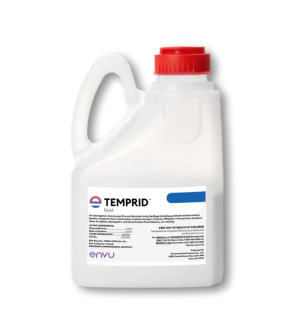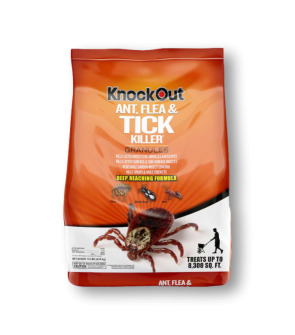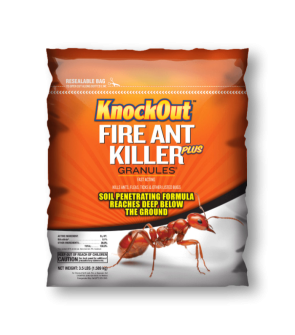Gain access to personalized product screening, the best pricing, rewards, and more!
Most Effective Products
Pharaoh Ant Control: How To Get Rid of Pharaoh Ants
This page is a Pharaoh ant control guide. Using the products and methods suggested, you will gain control of the Pharaoh ants. Follow this guide and use the recommended products, and we guarantee 100% control over Pharaoh ants.
Pharaoh Ants (also known as piss ants) are one of the most common ant infestations that plague households. Pharaoh Ants are prolific breeders and are widespread throughout the entire United States. They got their name due to the belief that the ants were a plague that affected the Pharaohs in ancient Egypt.
Unlike most ants, Pharaoh ants prefer to nest indoors over outdoors. They are notorious for being found in establishments that handle large amounts of food, like hotels, grocery stores, and hospitals. They nest in warm, humid areas with plenty of food and water nearby. Their appetite is similar to your typical ant, preferring to eat sweets, sugar-based foods, and greasy foods.
If your home or business has become infested with Pharaoh ants, our DIY guide can help. Our experts have put together the best-recommended products for Pharaoh ant Control and the best strategy to tackle these nuisances.
Identification

Before carrying out a treatment plan, you must identify and ensure you are dealing with Pharaoh ants and not some other ant species. Misidentification can lead to a waste of time and money due to using the wrong treatment methods.
Pharaoh ants are sometimes misidentified for other ant species, like Argentine ants, little yellow ants, or odorous house ants.
Here are some identifying traits of Pharaoh ants to help you make the determination:
- Pharaoh Ants are relatively tiny, about 1/16 of an inch long.
- They are yellow to a light reddish-brown and have dark to black abdomens.
- When crushed or squeezed, Pharaoh ants give off a smell similar to urine which led to them also being known as "piss ants".
- This ant is difficult to control because it is intuitive and quick to spread its population and grow colonies. The Pharaoh queen often left a well-established nest and took adult workers, juniors, and even eggs with her to establish a new colony.
Use the image and description above to help you identify Pharaoh ants on your property. If you are not totally sure, contact us, and we will try to assist you with proper identification.
Inspection

After correctly identifying your ant infestation as a Pharaoh ant, you need to inspect the areas that Pharaoh ants are infesting inside your home. During the inspection, you will search your home or property for signs of Pharaoh activity.
Where To Inspect
Start your inspection indoors. Search around cracks and crevices around the home, especially where food is served and moisture collects. Search underneath sinks (where plumbing penetrates walls), near the kitchen, around appliances, in bathrooms, near utility rooms, in wall voids, in electrical outlets, ceilings, and even underneath floors. Outside, search near yard debris, close to pavements, under mulched areas, underneath logs, rocks, bricks, and woodpiles, and in the foundation of your structure,
What To Look For
You're looking for Pharaoh ants, their foraging trails, and the food and water they use to survive. When it comes to Pharaoh ant control, it is extremely important that you identify their sources of food and water. These areas will usually have foraging trails that lead to cracks and crevices where they might be nesting.
Simply lay out some sweet food and wait, keeping an eye on the food for a while. Within no time, you will see a trail of Pharaoh ants happily feasting on the food. After taking a few bites, these ants will then take the food back to their nests, and this is when you have to stay on top of things.
Treatment
Once you know where Pharaoh ants are active, you can proceed with treatment. Remember to read all product labels, follow the application instructions, and wear personal protective equipment (PPE) to stay safe.
To get rid of Pharaoh ants, you must apply treatment products indoors with Ant-Trax Ant Bait and outdoors with a perimeter treatment of Spectre 2 SC.
Step 1: Indoor Treatment with Ant-Trax Ant Bait

Ant-Trax is an attractive ant bait product with a convenient syringe that is easy to apply. Ant-Trax cannot resist the formula and will take the bait back to their nest to share with the colony, and eventually, the whole population will succumb to the poison.
Apply a pea-sized drop, separated by at least one foot, in all the areas where you have seen Pharaoh ants foraging for food and moisture. Apply this product on countertops, in kitchens and bathrooms, near appliances, near baseboards, and at entry points. Most importantly, bait close to their food and water sources will ensure that the colonies do not bud and separate.
Allow 7 to 10 days to go by do not kill the ants and their foraging trails or clean or use cleaning supplies in the places where you have applied Ant-Trax.
The point is to let the ants digest and carry back to the nest as much bait as possible. Let the ants come in contact and do not kill them for at least 7 to 10 days.
Step 2: Outdoor Treatment with Spectre 2 SC
After treating indoors with bait, you must prevent the outdoor ant population from coming indoors with a perimeter treatment of Spectre 2 SC. This product is a powerful non-repellent insecticide, which is important since repellent insecticides only cause the colony of Pharaoh Ants to bud and separate, creating smaller colonies and worsening the situation.
This product will be used as a barrier treatment on the outside of your structure to prevent Pharaoh Ants from coming inside your home if they are nesting outdoors.
Determine how much Spectre 2 SC you will need by calculating the square footage of the area you wish to treat. To do this, measure and multiply the area length times the width (length x width = square footage).
Spectre 2 SC can be mixed at the rate of 1.5 to 3.0 fl. oz. per 1 gallon of water. Mix the Spectre 2 SC with water in a sprayer and shake well to ensure the product is well mixed.
Spray the Spectre 2 SC mixture around the outside of your structure, spraying 3 feet up and 3 feet out from the foundation. While spraying in this manner, spray window frames, door frames, eaves, soffits, rain gutters, garage doors, electrical/plumbing penetrations, and cracks and crevices.
Do not let people or pets enter areas treated until the spray has dried.
Prevention
After you have treated the area and cleared away the Pharaoh ant threat, you need to make sure they don't make a return. To obtain complete control of Pharaoh ants and prevent reinfestation, you must modify your environment to make it less suitable for ants. Here are some steps to take:
- Maintain a regular cleaning schedule by vacuuming, sweeping, and cleaning countertops and getting rid of spills and crumbs as soon as they happen.
- Fix moisture issues in the building, like broken appliances, leaky faucets, and faulty plumbing; this is extremely important to obtain control.
- Trim vegetation back and away from your building, making it harder for ants to enter your building or home.
- Finally, seal up any cracks and crevices outside your structure. Use caulk to eliminate any small slit, opening, or crack that can serve as entry points for ants to come inside your structure.
Key Takeaways
What Are Pharaoh Ants?
- Pharaoh ants are a yellowish-colored ant species notorious for setting up nesting sites indoors and growing large colonies. Their backsides are dark.
- Pharaoh ants are also called piss ants because of their odor when squished, smelling similar to urine.
- A prolific breeder, the Pharaoh ant is also considered a sugar ant due to its intense liking for sweets.
How To Get Rid of Pharaoh Ants From Your Home
- We recommend treating Pharaoh ant infestations with indoor (Ant-Trax Ant Bait) and outdoor (Spectre 2 SC) treatment products.
Preventing Pharaoh Ant Reinfestation
- Prevent a reinfestation of Pharaoh ants by sealing up points of entry and practicing sound sanitation and exclusion measures.






